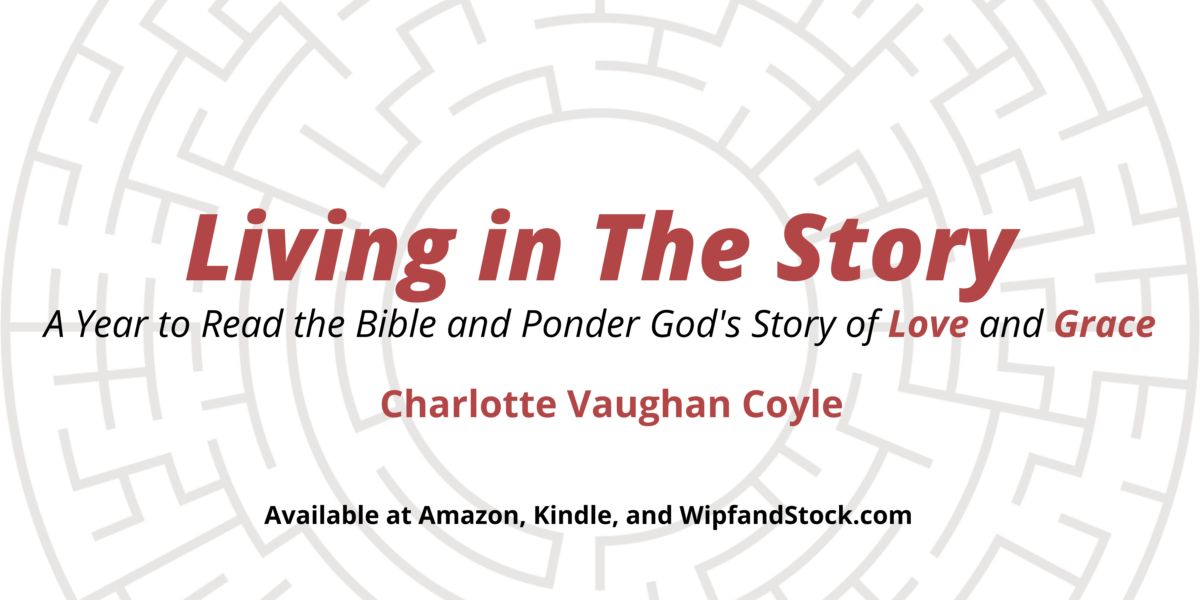As my husband and I watched the powerful movie Lincoln, we were particularly moved by one scene in which President Abraham Lincoln rides slowly through a still smoldering battlefield. Everywhere he looks, the bodies of soldiers are tumbled together, a horrific grey and blue sculpture of death and destruction.
I wept.
On the day Jesus rode into Jerusalem, in the days before he carried his old rugged cross up the hillside, Jesus wept—not for himself but for all those who turned their backs on the peace he offered. Instead of peace, people turned to violence. Jesus saw clearly how this sin against shalom destroys the soul of a person. And so, Jesus took up his cross and walked right into the violence, bearing its burden and thus breaking its power by his own self-giving.
Even though the texts of Joshua and Judges represent an understanding of God-ordained, God-ordered violence, there is and always has been an alternative biblical vision of who God is and, therefore, who the people of God should be. Countercultural witness woven throughout Scripture tells another story of the God who is “merciful and gracious, slow to anger, and abounding in steadfast love and faithfulness” (Ex 34, Neh 9, Ps 86, 103, 145).
A countercultural witness embedded in Scripture calls upon the people of God to turn away from violence and to live in harmony. It is only when we read Scripture through this kind of alternative lens that we can reread, reframe, reconsider what is truly true for our believing and for our living today . . .
And so let us repent…of the violence that destroys God’s children and desecrates God’s peace . . . Let us repent of our lack of compassion for the brokenness of those who have borne the [violence], and for our failure to care for their widows and orphans. Let us repent of our warring madness and admit that we too have been complicit in sinning against shalom.
And may we repair. May we be bold and courageous to take up our own cross and—following Jesus—walk courageously into the brokenness of the world. May we be a part of binding up the wounds of God’s people so that each of us individually and all of us together become part of “the things that make for peace.” . . .
Read more at Charlotte Vaughan Coyle. Living in The Story: A Year to Read the Bible and Ponder God’s Story of Love and Grace (p. 267-270). Resource Publications. Kindle Edition.

